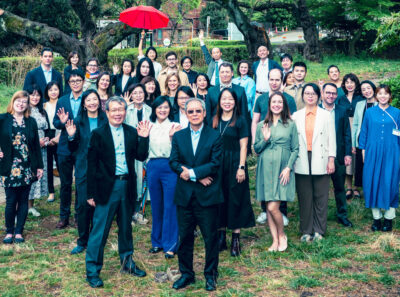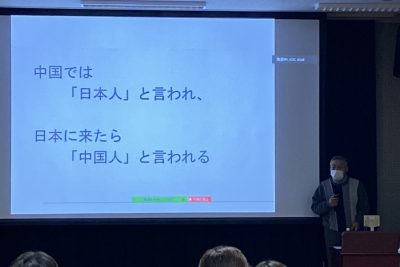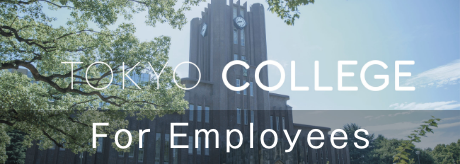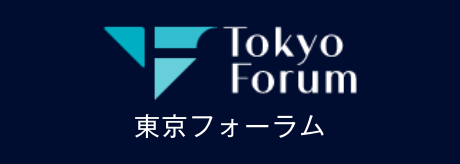Future Tasks for Japanese Studies. A Personal Reflection – Part II
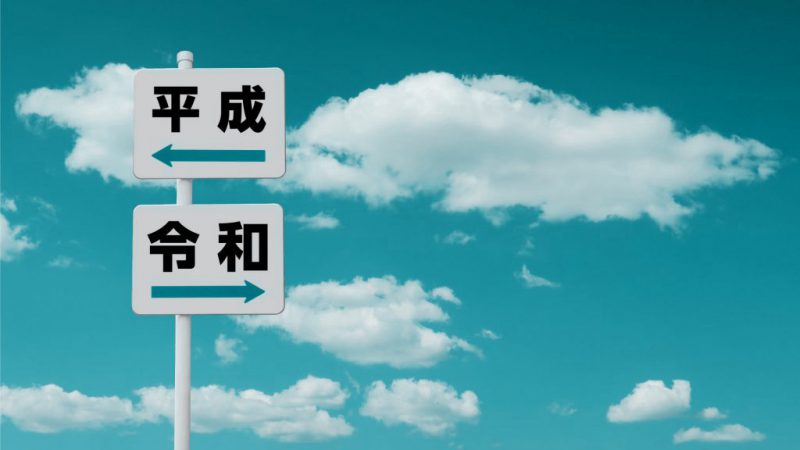
This three-part blog series is a slightly revised version of an essay I wrote for the 30th anniversary essay contest of the Toshiba Foundation. You can read the first part "The Global Entanglements of Japanese Culture"here. The original is published on the TIFO website.
PART II: Japan as Method
What I found exciting as a German studying Japanese history was the change of perspective it entailed. For good reason, schooling in German history and public debates centered on National Socialism, the Second World War and the Holocaust. The purpose of national history after 1945 has been to remind us of our dark past so we would never allow it to happen again. While recent political trends around the world prove that such a reminder is needed now more than ever, it was still refreshing to be able to immerse myself in a culture as an outsider without the need to navigate issues of national identity. The distance felt intellectually liberating and allowed me to see the culture I was brought up in with new eyes.
As a gay student, learning that things are and were different in Japan had a personally transformative effect at times. Japanese attitudes towards sexuality offered a stark contrast to what I knew about Christian Europe: Samurai warriors had male lovers. Pornographic shunga prints were light-hearted and humorous and part of Early Modern popular culture. Kabuki theater had an openly erotic flair and was often performed by prostitutes before the Tokugawa government banned first first female, then young male actors. Learning about these facts helped me appreciate the contingency of Western values and historical experiences. When Victorian morality entered Japan in the Meiji period, sexual mores changed and both same-sex activities and shunga prints became problematic. At the same time, exoticizing and racialized ideas about “Far Eastern” and Japanese sexuality proliferated in Europe.
A hundred and fifty years after the British and other Europeans lectured the Japanese about their uncivilized attitude to sexuality, British scholarship had completed an about-face by showing that shunga could indeed be appreciated as works of art. Indeed, the venerable British Museum held a shunga exhibition in 2013, the first of its kind, which kickstarted the first Japanese shunga exhibition two years later at Eisei Bunko in Tokyo. Japan scholars are now also are trying counter a renewed exoticization of Japanese sexuality popping up in Western media coverage in recent years: Passengers read manga porn on the train! Japanese are having less and less sex! A man married the hologram of synthetic voice Hatsune Miku! What at first glance seems to be based in fact in truth “merely repackages long-standing stereotypes”, as Allison Alexy and Emma E. Cook argue in their recent volume on “Intimate Japan”.
As non-Japanese scholars of Japan, it is one of our continual tasks to explain Japan in our home countries, to engage with preconceptions and misrepresentations and hopefully contribute to deeper understanding. I am often asked in private conversations whether it is true that in Japan books are read from back to front. I always reply “That would not make much sense anywhere, would it? But many books are read from right to left.” Hoping to destabilize assumptions about what is normal, I probably just end up annoying my interlocutors. In many regards the role of the Japan expert, vis-à-vis our students, our friends, but also the general public (to the extent they are willing to listen), feels both presumptuous and insufficient.
Presumptuous, because after more than a century, it might just be the time especially for Western Europeans and Americans to finally lay to rest the role of the arbiter of what is good and bad, backward and progressive about Japanese culture. The Japanese public surely is not in need of this kind of validation anymore, and even if well-intentioned, this role feels unhealthy in an academic context. More than once have I overheard conference chats where European or American scholars, even while mining Japanese literature for their own research, were dismissive of Japanese-language scholarship because it does not always conform to Anglophone expectations of evidence, exposition or reasoning. In such situations, I feel strongly that we should strive even harder for intellectual openness and cooperation.
When I was in Tokyo in spring, I went to see two small exhibitions, both of which, I want to stress, would have flown under my radar if a Japanese friend had not recommended them to me. One was hosted by the Chanel Nexus Hall in Ginza. It juxtaposed shunga in the possession of Uragami Sōkyū-dō with abstract erotic photography by French artist Pierre Sernet, starting a beautiful and tantalizing dialog about visual representations of the erotic. The other, unrelated but similarly themed, exhibition took place in a small private gallery located on the second basement floor of a building two blocks further down the street. The topic was Japanese gay erotic art, and it was curated by Tagame Gengoroh, one of the most influential contemporary Japanese gay artists.
Looking at the beautiful faces and chiseled bodies in various states of arousal, now elevated to Art and arranged for the gaze of an audience quite different from the one for whom they were originally intended, I was reminded of the documentary series “Gaycation” created by lesbian US actress Ellen Page in which she visits various places around the world to explore local queer culture. Western activists often complain about there being little progress in terms of gay rights in Japan, but one of Page’s interlocutors in Tokyo’s gay neighborhood Shinjuku Nichōme, an older gay man, startles her by declaring that he does not experience the current situation as better compared to gay life in Tokyo some decades ago, which he describes as “a thousand times more beautiful”.
There is no denying that many gay and trans people in Japan are suffering under the status quo. At the same time, considering that many gay activists and queer theorists in the US and Western Europe are disappointed with what gay marriage brought us –how it both stalled further political progress and sacrificed radically different ways of living on the altar of mainstream acceptance –, I felt, strolling through the exhibition space, that there is still room for Japanese studies outside Japan to consider Japanese attitudes and experiences more seriously. I am not talking about a false choice between Western universalism and Japanese ethnocentrism here, nor am I trying to play down oppressive social norms and policies.
What I mean is instead is, to borrow the words of Kuan-Hsing Chen, using Japan as method. Returning to the 'seclusion policy' sakoku once more, one striking example for how to use the Japanese experience as intellectual leverage is Kawakatsu Heita’s “Sakoku and Capitalism”. Instead of perpetuating the idea that Japan’s alleged seclusion was a unique historical phenomenon, he posits Japan and Great Britain as two ends of one continuum, as two models of how to organize foreign relations, and from this angle reconsiders the different effects these models had on the development of capitalism.
Again, there is also an institutional level that can foster or impede this kind of conversation. A precondition is the willingness of Japan scholars to cooperate beyond the confines of area studies but equally that our colleagues in (Western) philosophy, political science or French literature are willing to listen and stop relying on us only as token “non-European” specialists. In Japan, on the other hand, English-language Japanese studies programs are still too often institutionally separated from other institutes and faculty, and I know of more than one colleague trained in Japanese studies who now works in English or German departments at Japanese universities because the Japanese academic job market still too often shuts out foreign applicants when it comes to regular teaching positions.
Read "PART III: The Classroom as a Site of Renewal" here.
Illustration source: RRice


